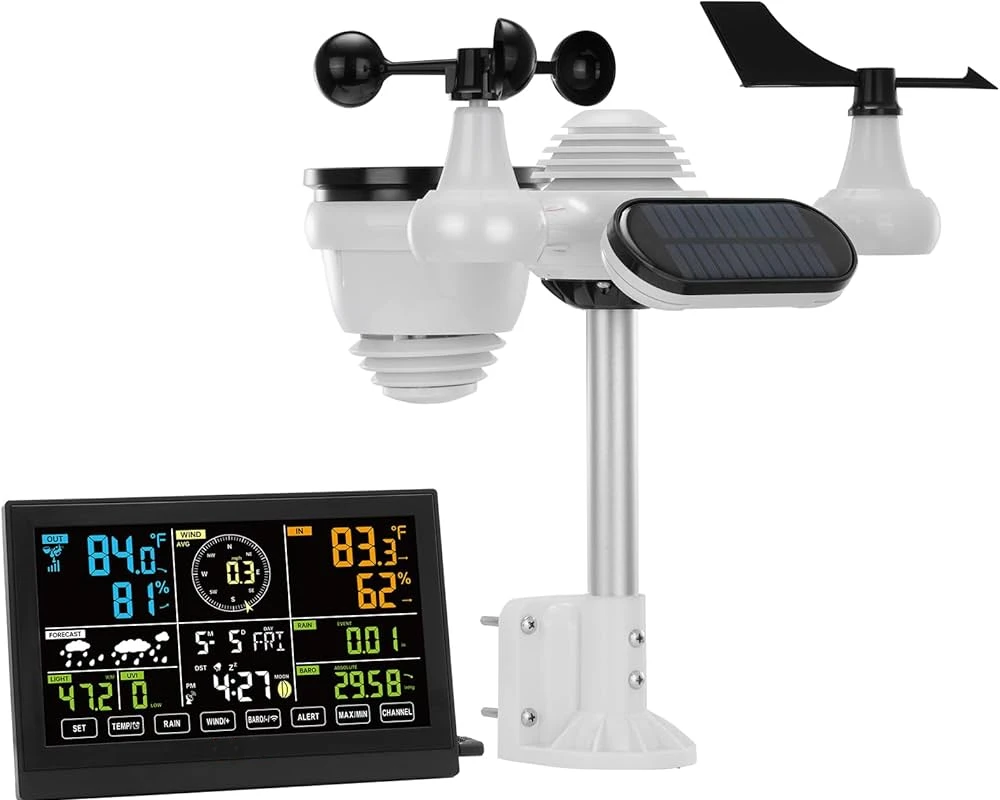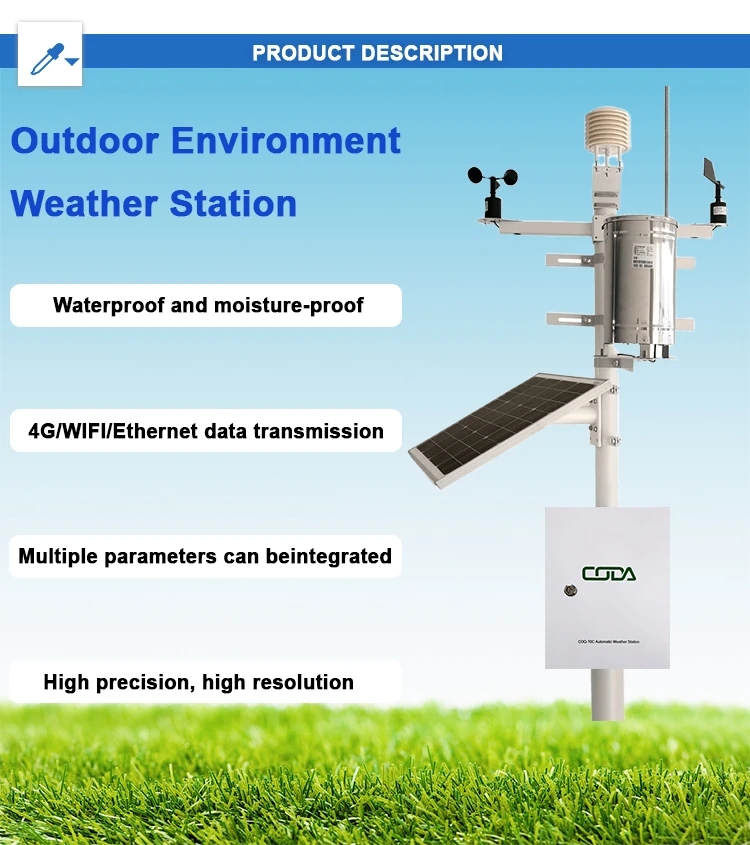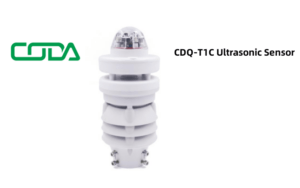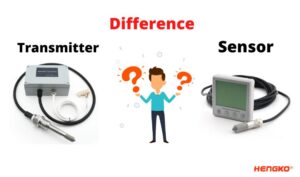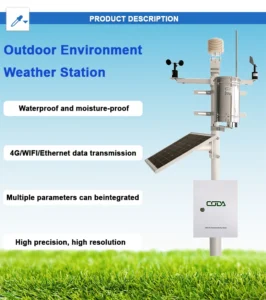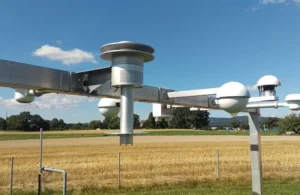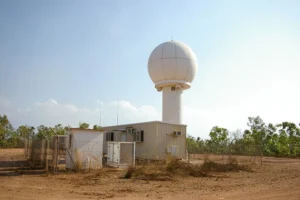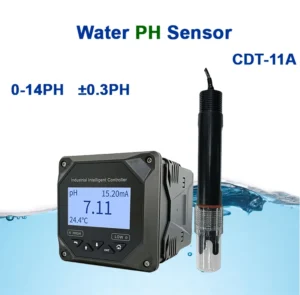Wireless Weather Station Transmission Mode
In modern meteorological monitoring, wireless weather stations play a crucial role. Their efficient operation depends significantly on the transmission mode employed. This article delves into the various transmission modes of wireless weather stations, exploring their characteristics, advantages, and limitations.
1. Radio Frequency (RF) Transmission
RF transmission is a commonly used mode in wireless weather stations. It operates by converting weather data into radio signals and transmitting them over specific frequency bands. This mode offers several advantages.
First, it has a long transmission range. It can cover several kilometers based on the transmitter’s power and the environment. This makes it good for watching weather in large areas like farms, forests, and remote mountains.
Secondly, RF transmission is relatively fast, allowing for real – time or near – real – time data transfer. Applications that require up-to-date weather information, such as weather forecasting and aviation weather monitoring, find this essential.
However, RF transmission is also susceptible to interference from other electronic devices and environmental factors. For example, electromagnetic interference from power lines or communication towers can disrupt signals. This can lead to data loss or inaccuracies.
2. Wi – Fi Transmission
Wi-Fi transmission is now immensely popular in wireless weather stations. This is especially true in cities or places with Wi-Fi already set up. With Wi – Fi, weather stations can connect directly to local area networks, enabling easy data access and sharing.
One of the main advantages of Wi – Fi is its high – speed data transfer capabilities. This allows for the fast sharing of large weather data. This includes clear images and detailed sensor readings.
Moreover, you can easily integrate Wi-Fi-enabled weather stations with home or office automation systems. Homeowners can check the weather in real-time using their smartphones or smart home devices. They can use this information to adjust their heating, ventilation, and air-conditioning (HVAC) systems.
However, Wi – Fi has a limited range, usually within a few hundred meters. It also requires a stable and reliable Wi – Fi network, which may not be available in all locations.
3. Cellular Transmission
Cellular transmission uses mobile networks (such as 3G, 4G, or 5G) to send weather data. This mode provides wide coverage. Suitable for weather stations in remote areas without other communication networks.
Cellular transmission offers fast data transfer. This is especially true with 5G technology. It allows for real-time and high-definition data sharing.
In addition, users can easily manage cellular-connected weather stations remotely. Meteorological agencies can access and control these stations from anywhere in the world. They just need a cellular network connection.
Cellular transmission comes with data charges. This can be a substantial cost, especially for stations that produce a large volume of data.
There may be problems with network congestion in some areas. This can affect the speed and reliability of data transfer.
4. Satellite Transmission
Satellite transmission is a long-range and reliable choice for wireless weather stations. This is especially true for stations in extremely remote or hard-to-reach places.
Weather stations with satellite communication can send data to satellites in orbit. These satellites then send the information back to ground stations. This mode provides global coverage. It lets users gather weather data from exceptionally remote areas on Earth, like the polar regions or the ocean.
Satellite transmission is very reliable. Less affected by local environmental factors than other transmission methods.
However, satellite – based systems are expensive to install and maintain. The cost of satellite communication equipment and the fees for using satellite services can be prohibitive for some users. Additionally, there may be a slight delay in data transmission because of the long distance the signals have to travel.
Conclusion
Each transmission mode of wireless weather stations has its own unique characteristics, advantages, and limitations. The choice of how to send data depends on several factors. – The location of the weather station is important.
– The speed at which data must be sent matters.
– The available infrastructure is a factor.
– The budget also plays a role. By knowing these different ways to transmit data, meteorologists and others can make smart choices. This helps them collect weather data accurately and efficiently.
Although wireless networks have many benefits, they also bring some problems. These include signal interference, transmission delays, and areas with poor or no coverage. When setting up a weather station, carefully consider the site’s network, data – sending needs, and budget.
In some scenarios, combining both wired and wireless networks can enhance the reliability and versatility of data transmission. For example, if a weather station is in a wired – network – accessible area, it may prioritize wired networks for data transfer. But if a weather station is in a remote place or is mobile, it mainly relies on wireless connectivity.
